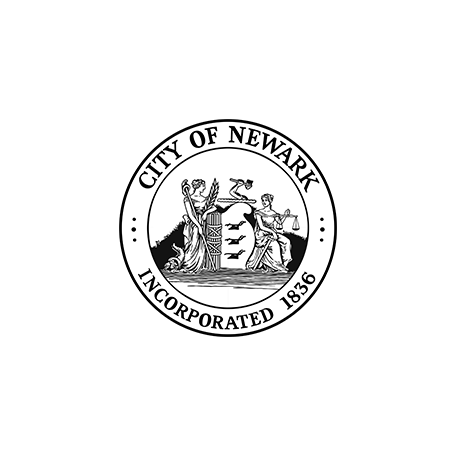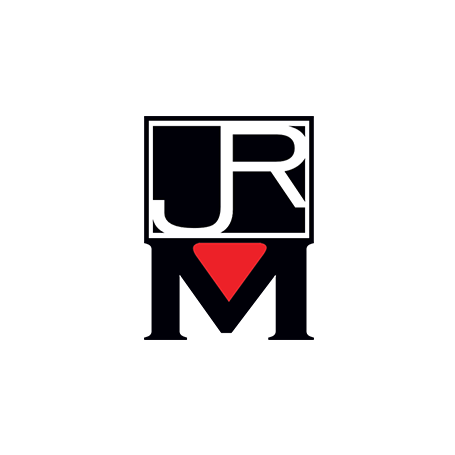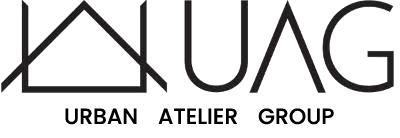Call us at +1 (917)-745-6877 for more info or click here
Lean construction is an innovative new way to approach the construction industry. With this type of construction comes what has been termed lean thinking.
To “think lean” is to dedicate yourself and your construction practices to the elimination of waste and the maximization of value. This minimization of the waste of resources, time, money, and effort all contribute towards the maximization of value.
There are five core principles of lean, developed by Womack and Jones (1996). These are considered by many as the top five things you need to adhere to in order to implement lean thinking successfully. They are:
In this article, we will be exploring 5 real-life examples of how these 5 principles have successfully impacted the workings of some construction companies who have applied them.
When defining value in the lean thinking process, you need to think about what the customer is willing to pay for. Value will always be defined by the needs of your customer. Collaboration, then, in the form of things like interviews and surveys, can really help you to understand what value means to your customer.
This is exactly the route that Modubuild, an international specialist contractor, took. In one of their 2019/2020 projects, Modubuild conducted a case study in conjunction with an off-site project. The application of lean thinking and strategy underpinned their traditional construction methods and sequencing.
What was found was that an end-to-end collaboration with the client regarding value definition helped to:
This collaboration also led to the accurate planning of resources for Modubuild’s project. As such, “all personnel were always adding value”.
Mapping the value stream is another crucial principle of lean construction and thinking. This principle is all about eliminating waste from the process by using the customer’s definition of value as a reference point. This, in turn, allows the construction process to achieve two things:
The electrical, mechanical, and instrumentation company Suir Engineering put this principle to the test in a project that started in April of 2019. They conducted a case study to assess the impact of applying the “lean way” in this project.
Suir Engineering had been using lean ideas on a small scale for a while. But, it was for this project that the company truly embraced lean thinking, ideas, and tools.
Suir found, among other things, that mapping the value stream and eliminating waste was especially beneficial. By using the Last Planner System (LPS) and Just in Time (JIT) delivery methods that underpin the value stream mapping process, the company found a significant reduction in cost. In addition, their value stream mapping system practically eliminated rework. Thus, it enhanced project efficiency.
Creating flow is also important when it comes to lean thinking and its application. By creating flow, you create an environment where processes run smoothly without any delays or interruptions.
The lower the chance of delays and interruptions, the lower the chance of risk. Reducing the risk of a compromised project is very important in the process of all construction projects. Lean thinking can help to optimize this process and create a risk management plan.
All companies wishing to apply lean thinking to reduce risks (and receive a multitude of other benefits) should think carefully about creating a flow. The construction firm, Collen Construction, did exactly this over a 12 month period.
The results of this were that they were able to identify potential risks. As such, a risk management strategy became part of the flow, which greatly reduced risk. Collen Construction also found that de-risking the process resulted in yet another benefit. This was improved schedule adherence, which minimized the potential for delays.
Implementing a pull planning system is extremely important when making sure that planning and scheduling run smoothly. The goal of a pull planning system is to ensure that the necessary materials and information are available when needed. As such, this type of system helps to optimize management and planning.
DPS Group is a company that provides engineering, consulting, and construction management services. In a recent case study, they assessed the impact of Takt planning on one of their projects. Takt refers to the “required product assembly duration that is needed to match the demand”.
The DPS Group found that implementing Takt resulted in tighter crew planning and management. This was because of the Takt-time concept of assigning smaller batches of work. With smaller batches of work came clarity and improved scheduling.
This principle may seem true of all types of thinking and construction methods. However, it is no less important to the application of lean. Here, the concept of continuous improvement is at the forefront. Continuous improvement refers to allowing employees and customers to always improve upon and share their ideas.
Mace Technology Ireland is just one of many companies that have noticed the improved rates of employee and customer satisfaction that come with lean thinking and a pursuit of perfection. Their study on how this affected their company shows great results.
Through Visual Management, Mace Technology created an open, inclusive environment for its employees. This allowed for greater collaboration and better preparation for meetings. Their teams could communicate better and challenge each other. As a result, they continuously strived for improvement. Ultimately, it enabled them to deliver greater value to their clients.
From the above examples, it is clear that lean thinking is definitely worth looking into if you want to increase the overall value of your work. SkillSignal’s digital platform has you covered on this front.
Our employee time tracking app allows you to define value in the time spent on tasks on each project. With our management software you’ll have access to site communications, digital library, and digital forms, one can easily map out the value stream. To create flow you could take advantage of our site safety app which includes locations for OSHA cards, covid screening, and safety orientation information and certifications. The daily report area provides an opportunity to establish pull via better construction management. Finally, all real time dashboard, and worker profile are a few of the tools provided with our management software that make it easy to pursue perfection.
We can help make the shift to lean construction an easy and effortless process. Check out our lean ready construction compliance software today.

By now, most construction industry companies are aware of the benefits that lean methodologies bring to projects. Lean increases the health and safety on site…

Adopting a lean approach is an important step towards improved efficiency and reduced waste in the construction industry. Originally conceived in the manufacturing industry, the…

Lean construction is an innovative new way to approach the construction industry. With this type of construction comes what has been termed lean thinking. To…
Selected as #1 by top ENR General Contractors. Loved by thousands of Trade Contractors across the US.


















